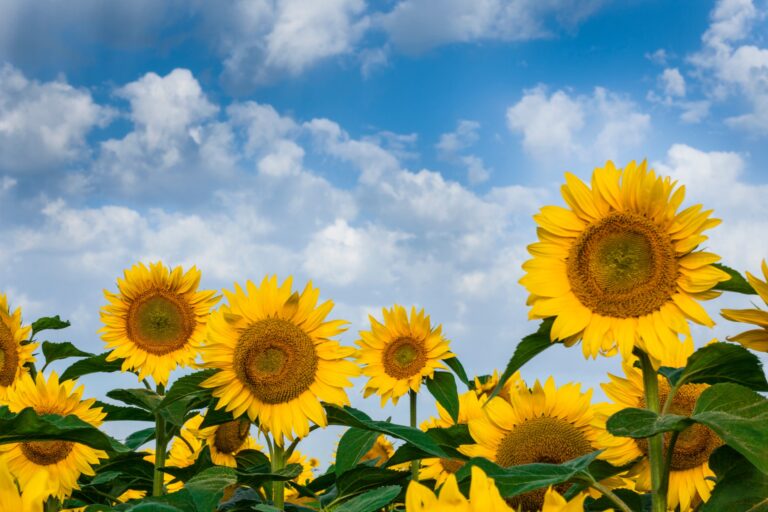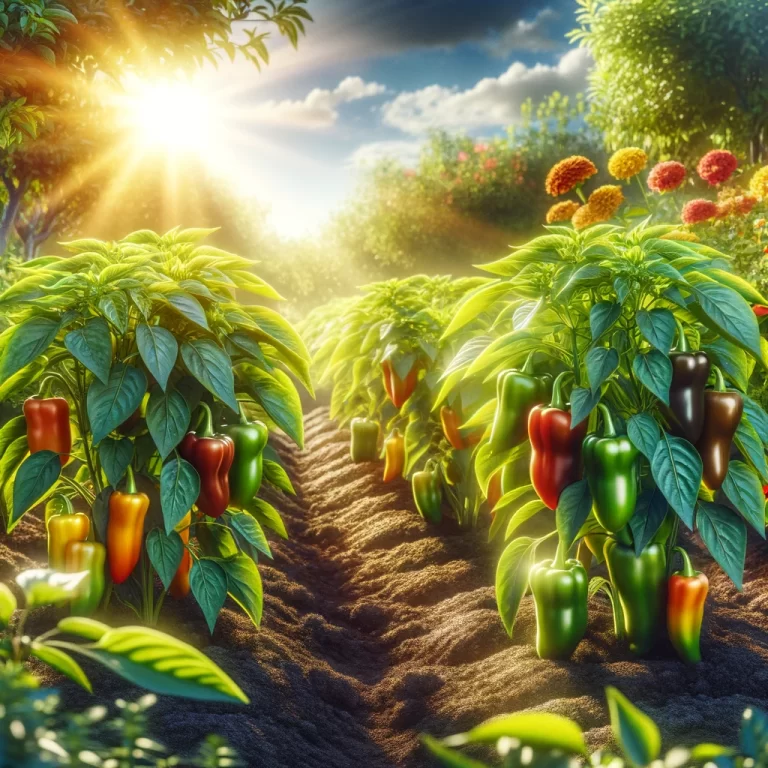Successfully growing plants from seeds requires careful attention to each stage of the process, from germination to transplantation. Knowing the ideal time to transplant your seedlings can significantly impact their growth and overall health. Proper timing ensures that seedlings are strong enough to survive the move and thrive in their new environment. This guide will…
transplanting seedlings
When Should I Transplant Sunflower Seedlings?
In the world of gardening, sunflowers stand tall as symbols of happiness and resilience, drawing both seasoned gardeners and beginners to their sun-seeking blooms. With the growing trend towards sustainable living and the joy of home gardening, understanding the nuances of growing sunflowers, particularly when to transplant sunflower seedlings, has never been more relevant. This…
How To Transplant Pepper Seedlings: A Step-By-Step Guide
Transplanting pepper seedlings is a critical step in the journey of growing peppers, whether you’re a hobbyist gardener or a commercial grower. The process can significantly impact the health, growth, and yield of your pepper plants. With the rising interest in home gardening and sustainable living, understanding when to transplant seedlings and the right way…


